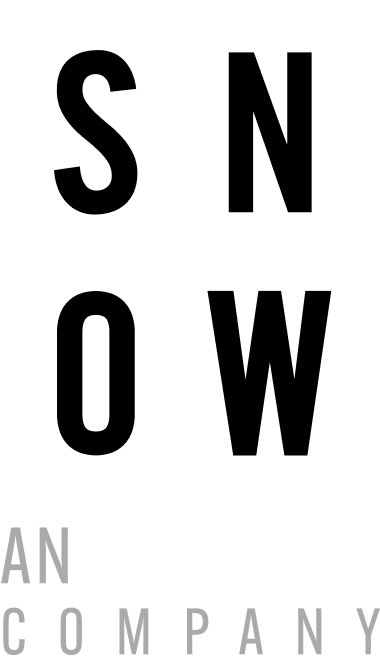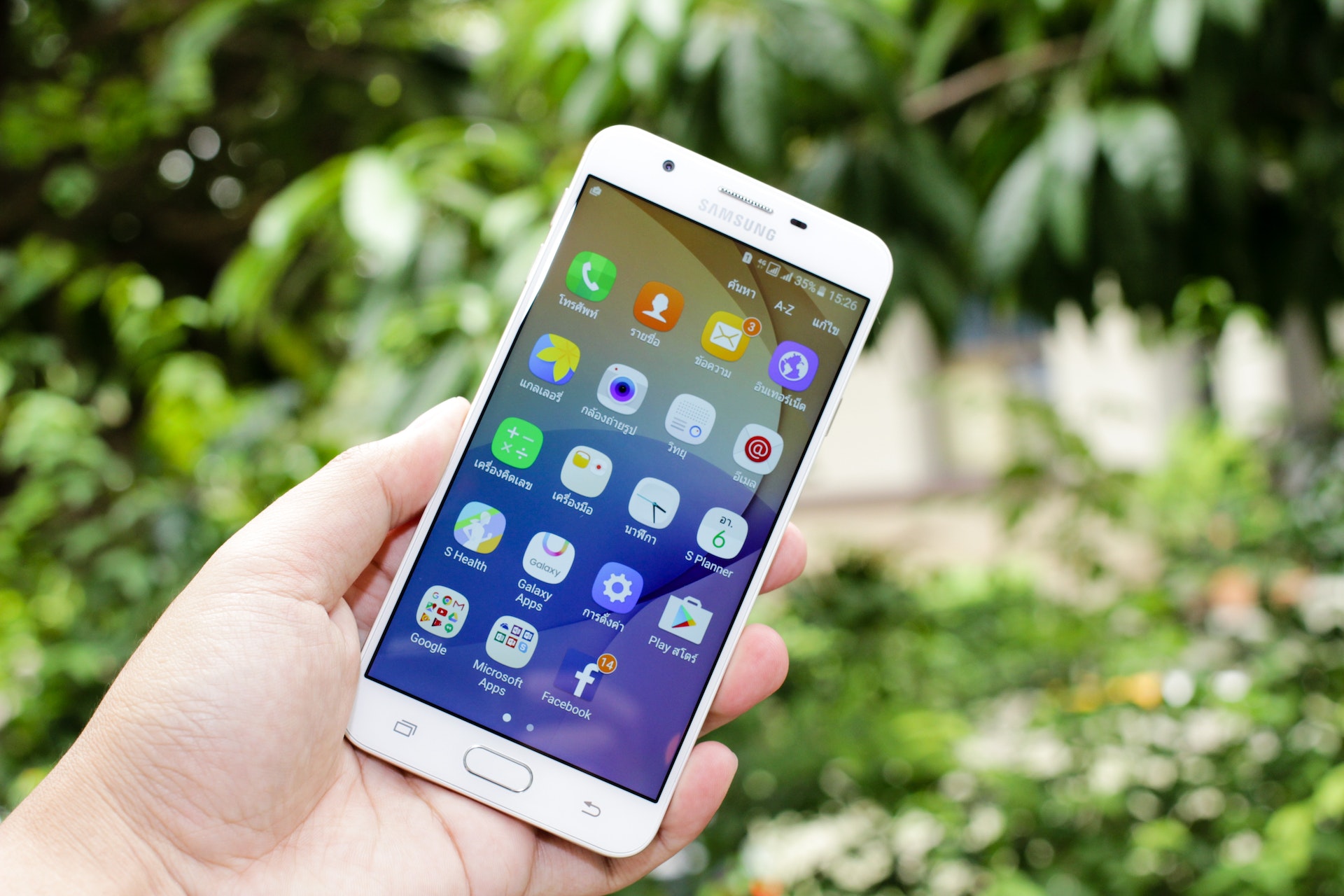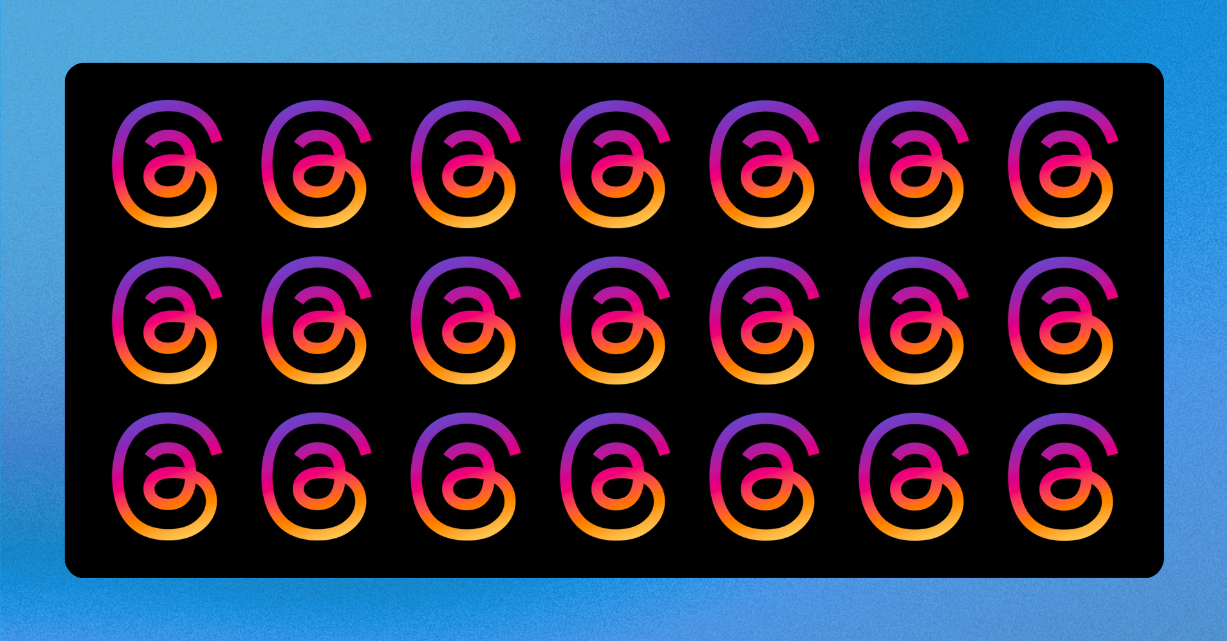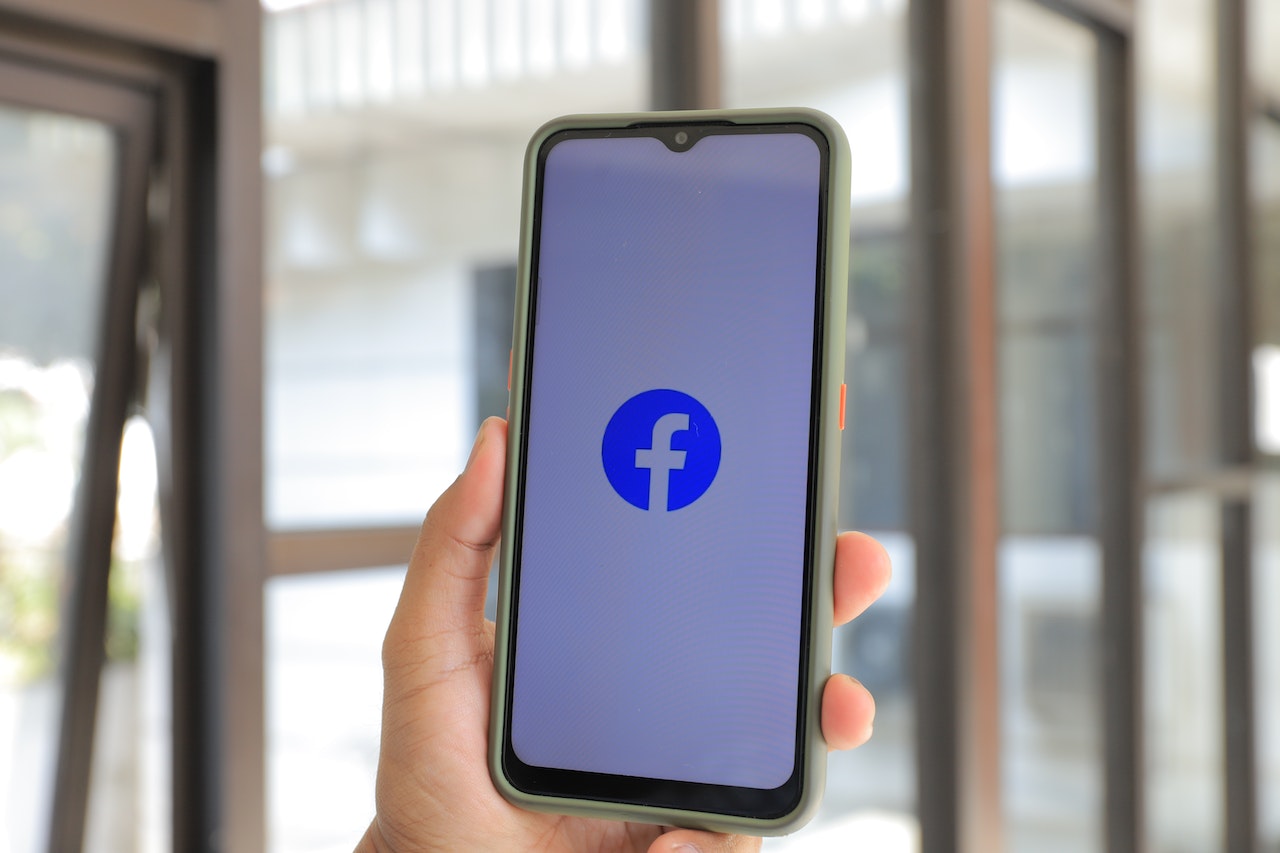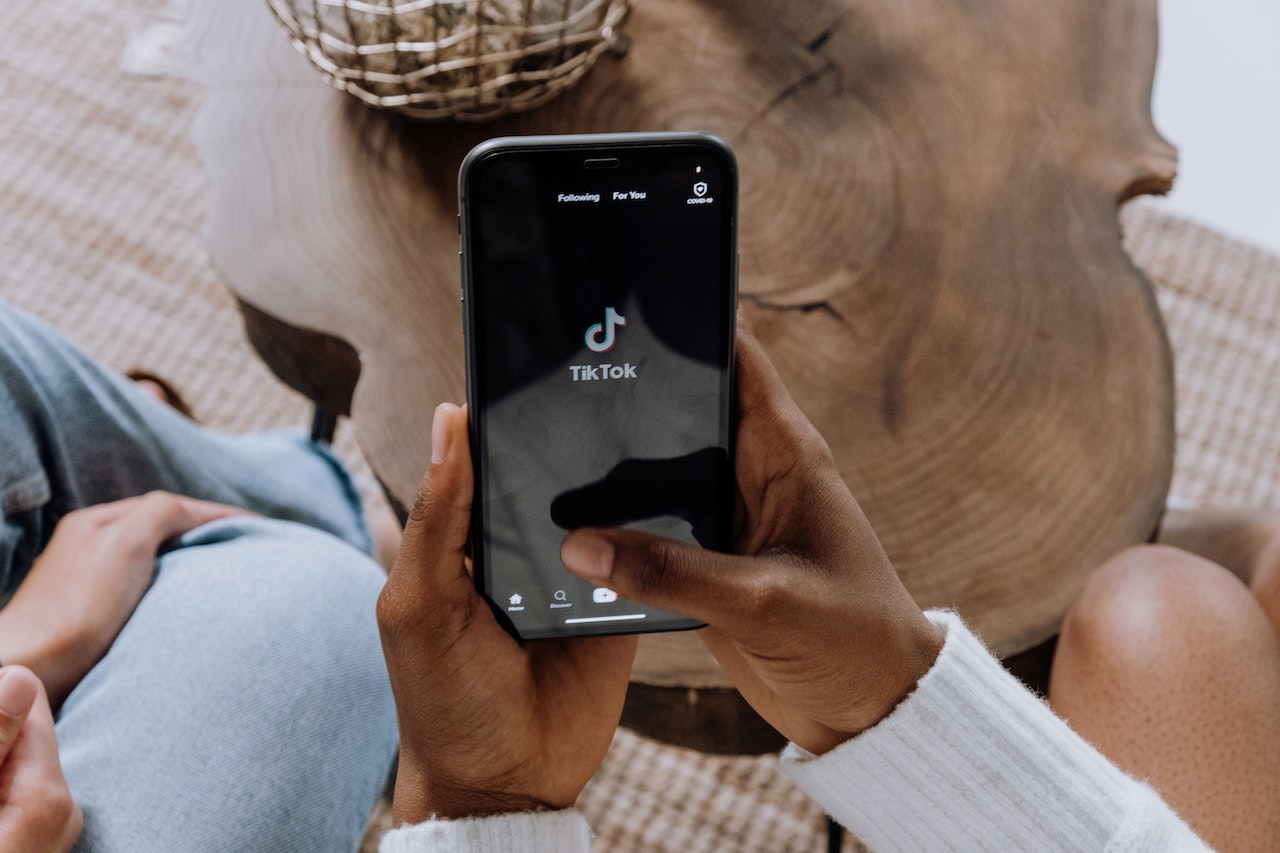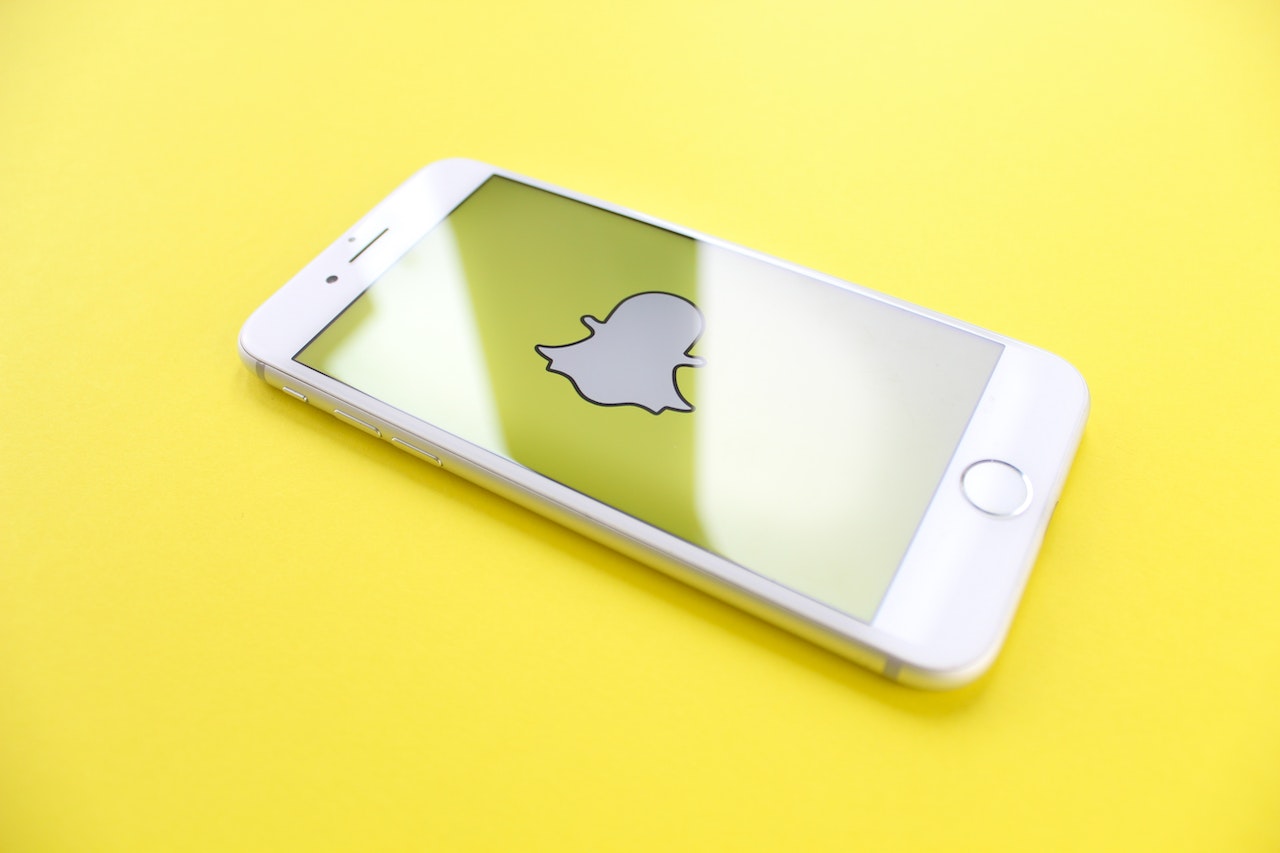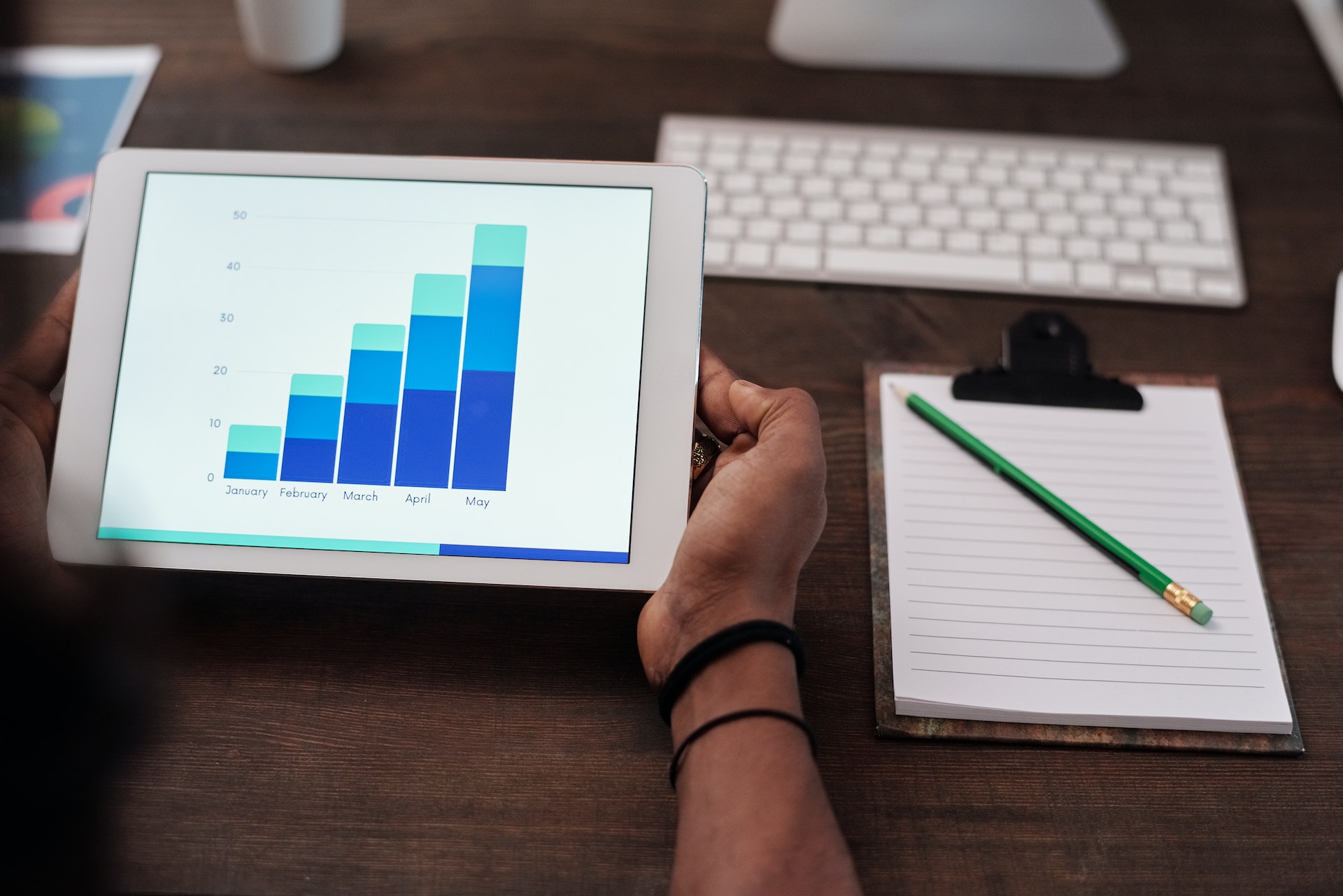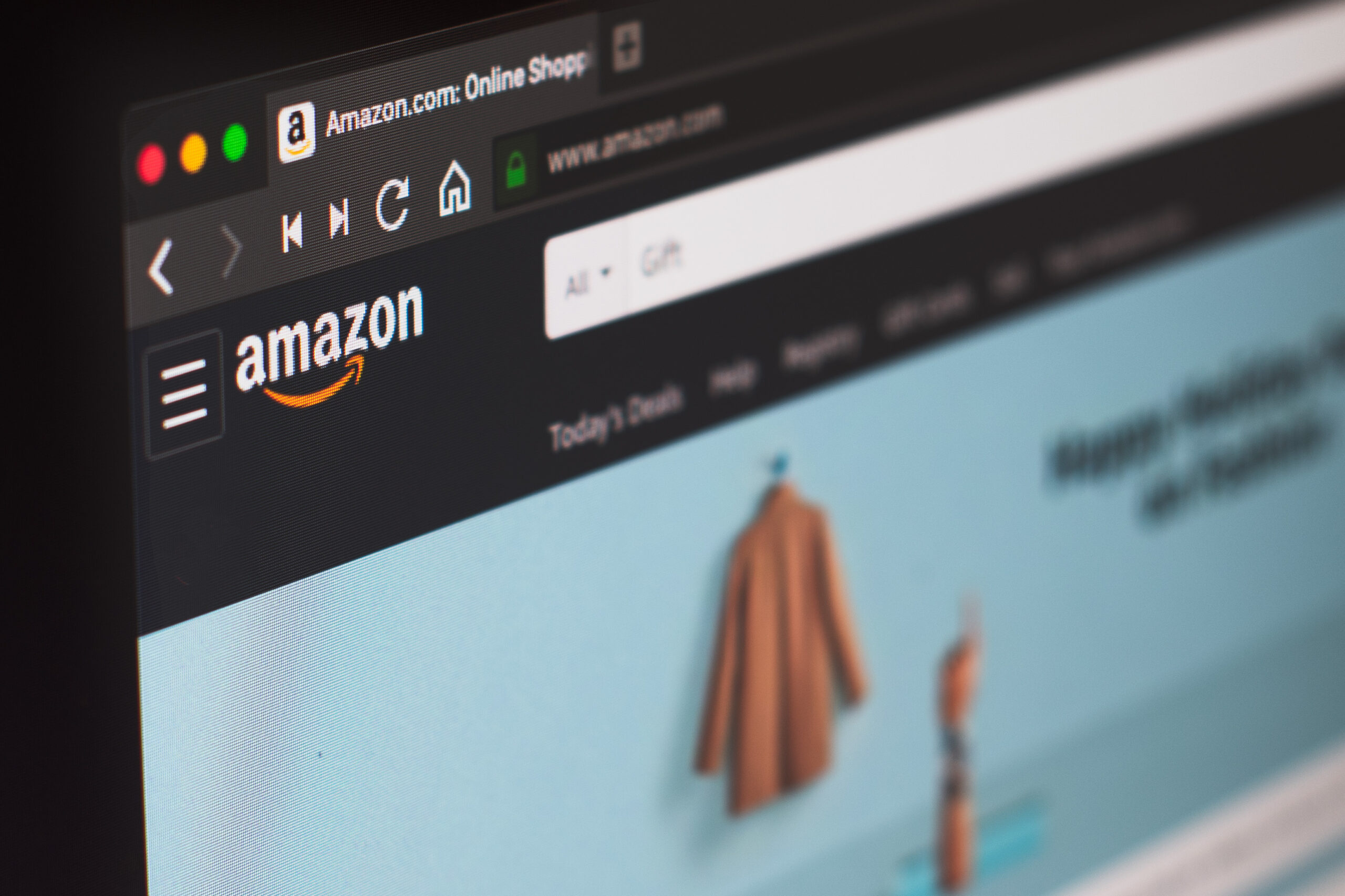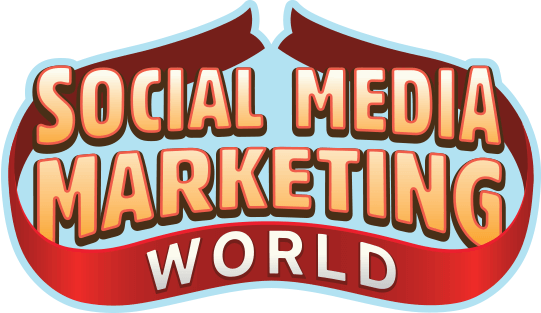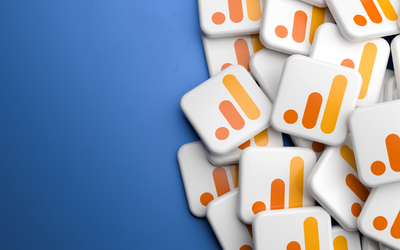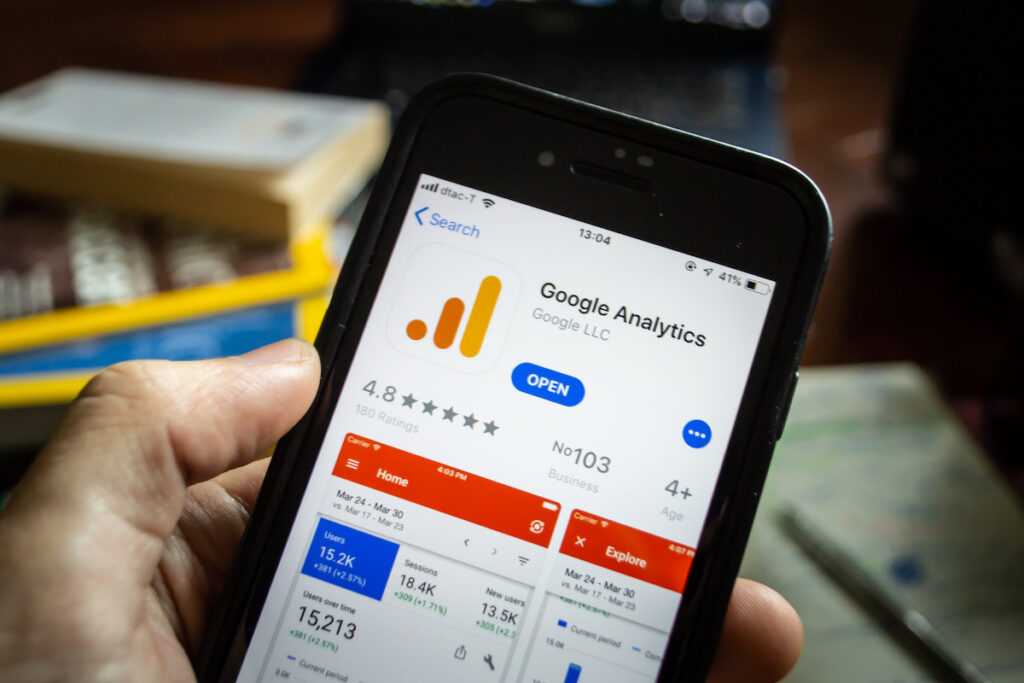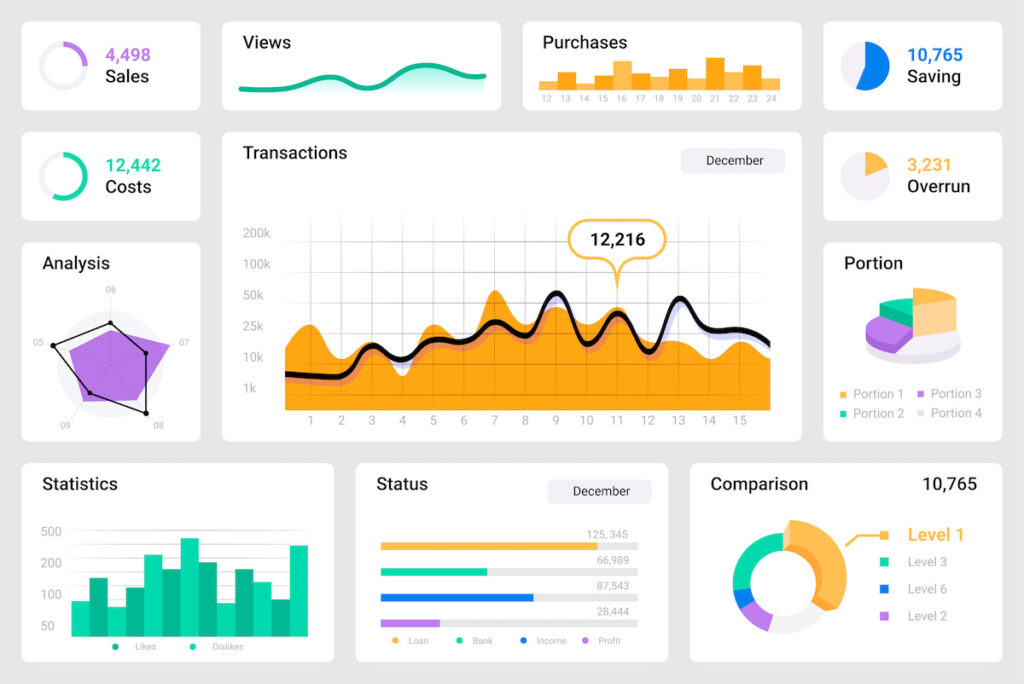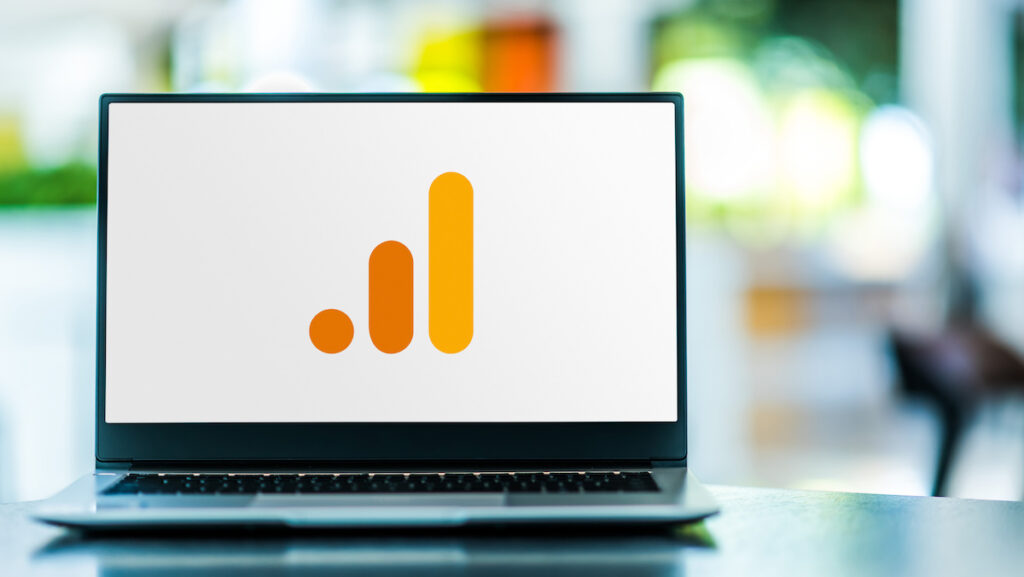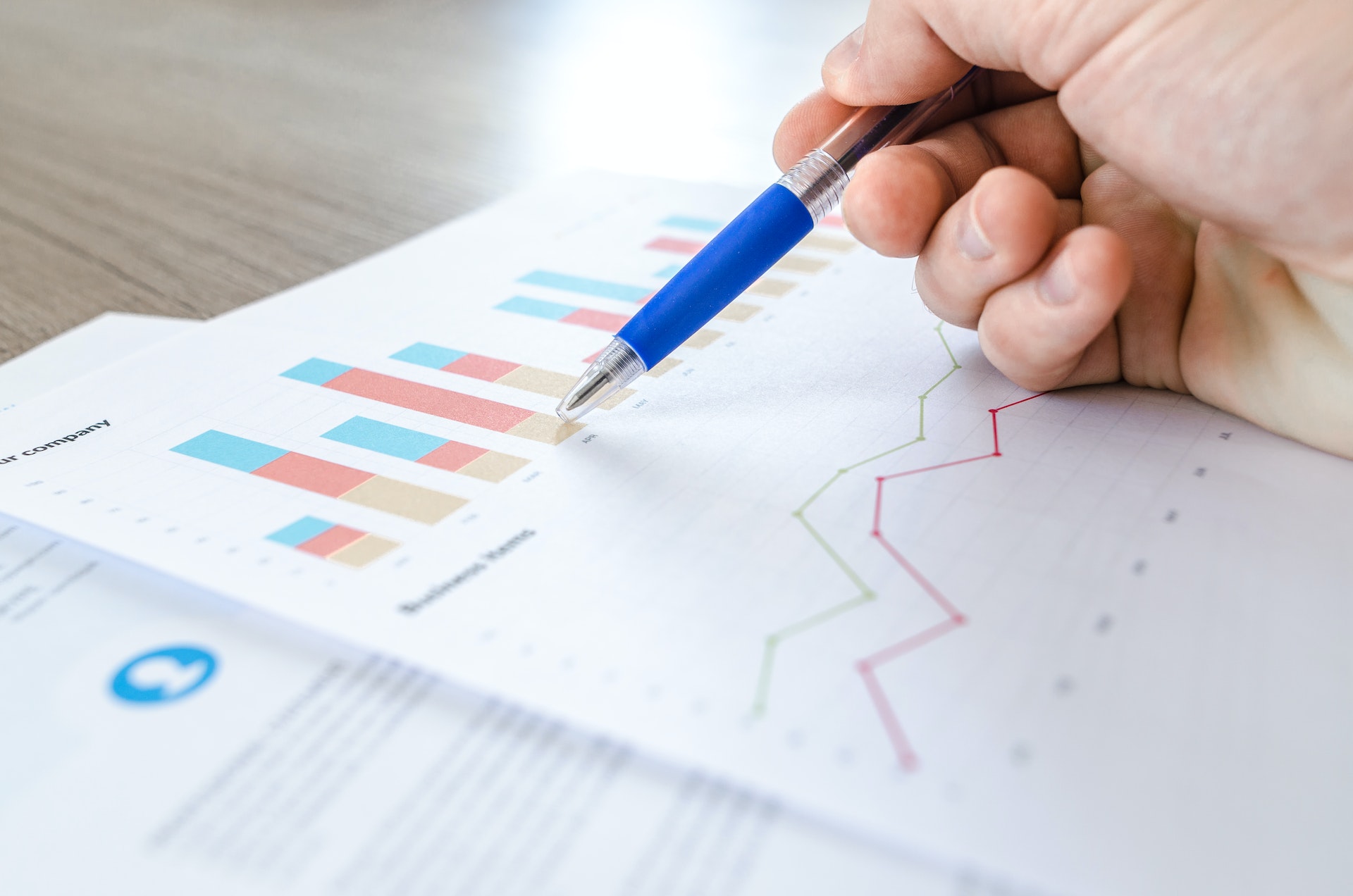We’re thrilled to share some exciting news: we’re officially a Gorgias Elite Partner! Our partnership with Gorgias, a leading ecommerce helpdesk, has already helped us revolutionize the way we boost growth for our clients.
Through Gorgias’ powerful platform, we seamlessly unite support conversations and associated orders, paving the way for increased conversions and enhanced customer retention. We can arm support agents armed with centralized ticket views that encompass orders, conversations, social comments, and direct messages (DMs). This capability empowers support teams to double as effective sales representatives for your brand, making customer interactions more fruitful than ever.
With that said, here are some of the exciting things you can expect from our new-and-improved partnership:
(Even) better client experience
As an Elite Partner, we’ve established ourselves among the top 10 percent of agencies proficient in leveraging Gorgias to enhance customer service and drive revenue growth. This status underscores our dedication to excellence and delivering premium solutions. Furthermore, it grants us access to exclusive services that will benefit our clients moving forward.
Elite partnership also unlocks exclusive access to resources and Gorgias’ support team, meaning we can provide even better services and insights to our clients.
How can this partnership benefit your business?
By partnering with us, you have access to Gorgias’ comprehensive suite of customer service tools, including:
Centralized ticketing. Gorgias’ platform gives you visibility into all of your customer’s data while talking to them. This means your customer service team can easily change orders, update subscriptions, and issue refunds when needed.
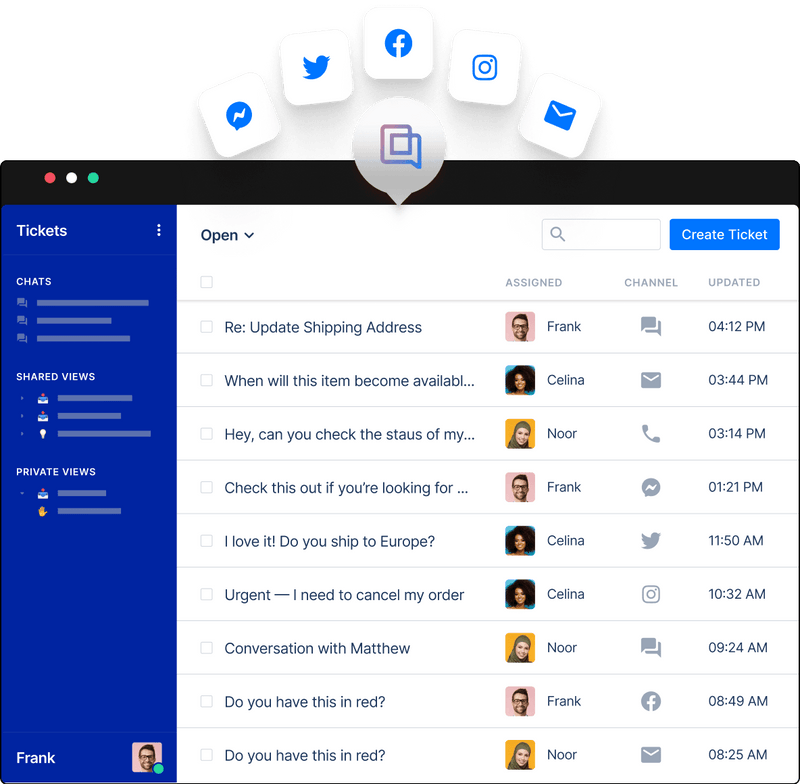
Boost conversion rates with proactive customer service. Gorgias allows you to see (and respond to) customer service questions before they even hit your website. Using their platform, you can engage on ads and posts, increasing sales ad effectiveness by the equivalent of a 5% increase in ad-spend.
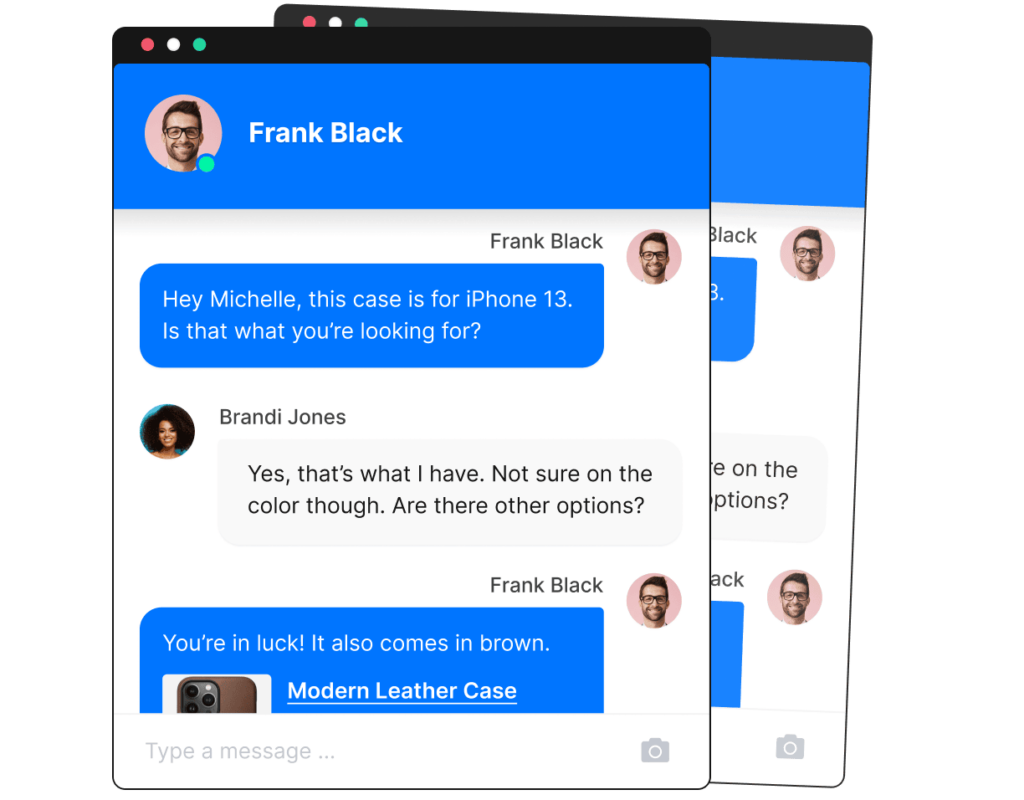
Respond to customers (wherever they are). Whether your customers are on social media, your website, or are just texting – they can access your service team seamlessly through one platform.
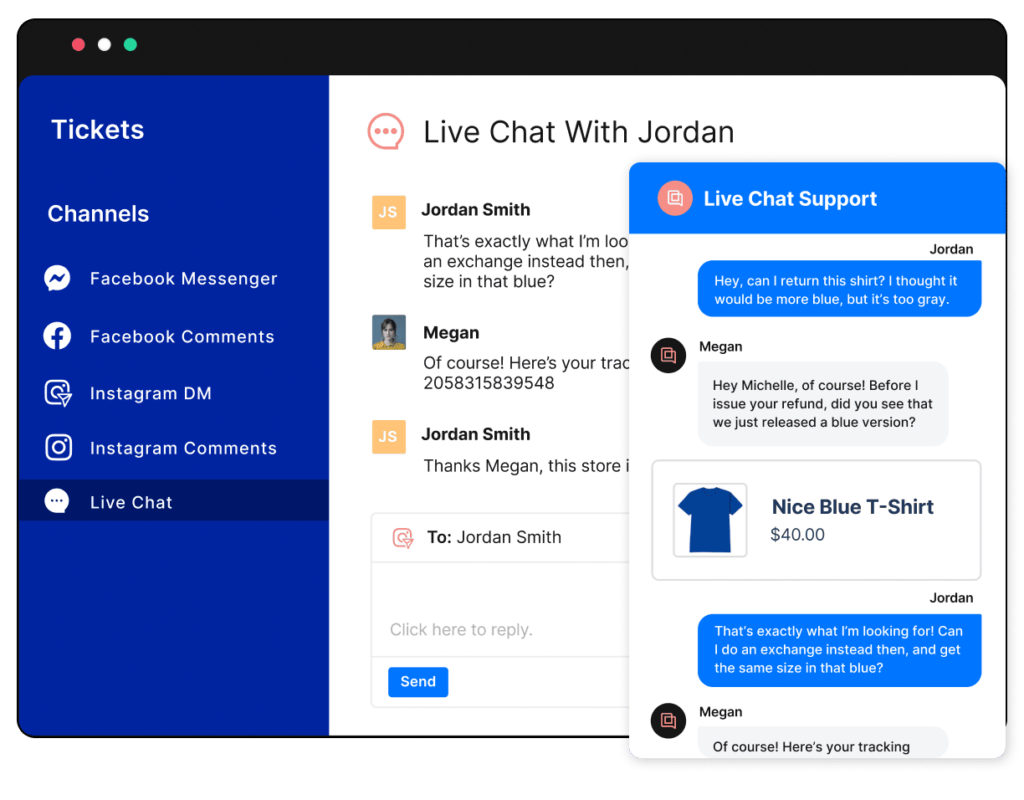
Work with us
At The Snow Agency, we excel at creating a seamless digital experience for your customers across every channel. Join forces with us to unlock the complete potential of Gorgias’ tools and elevate both your customer service and revenue growth. Reach out to us today to get started.
